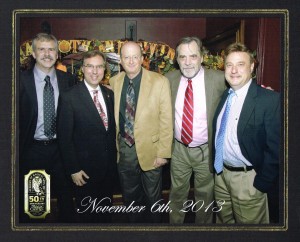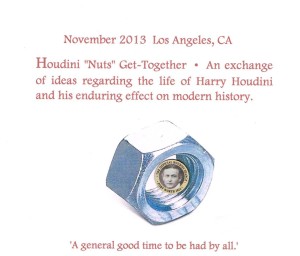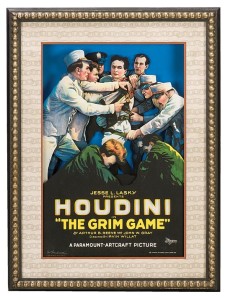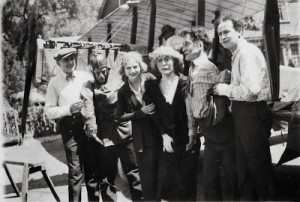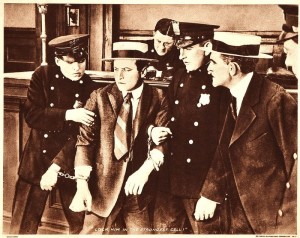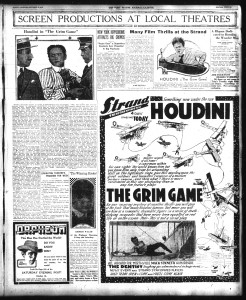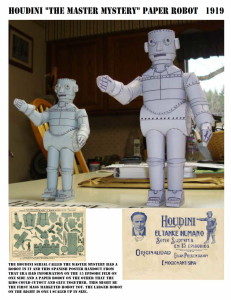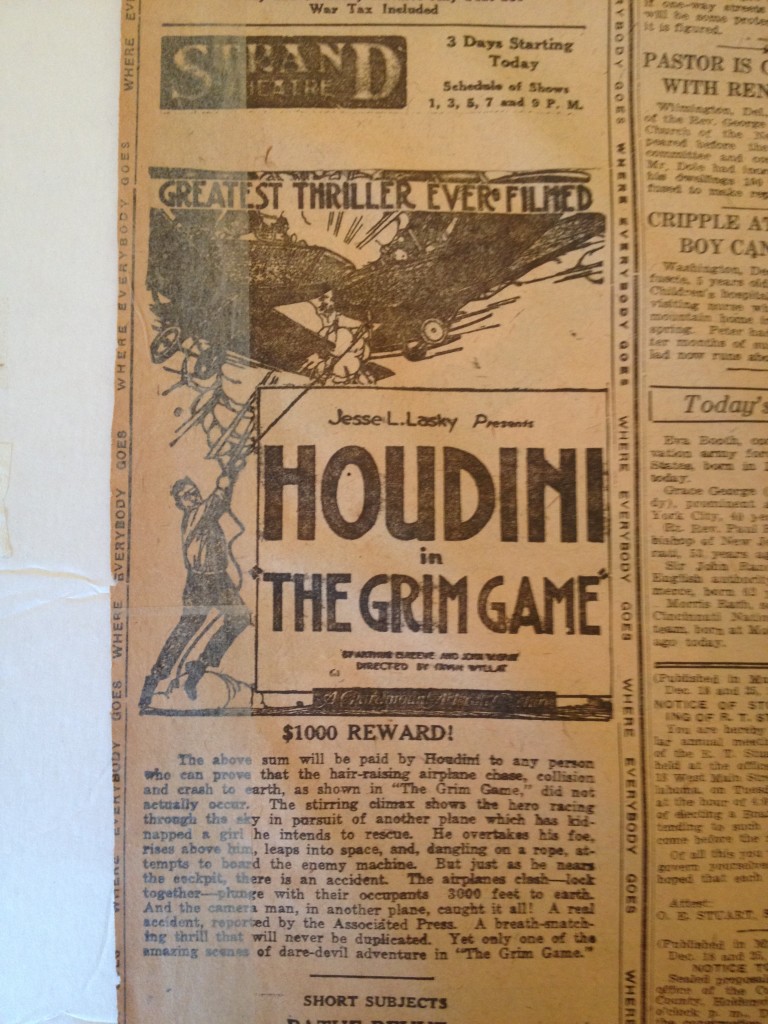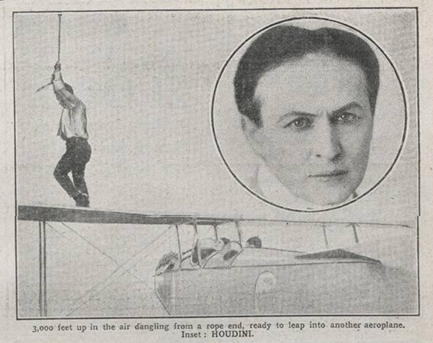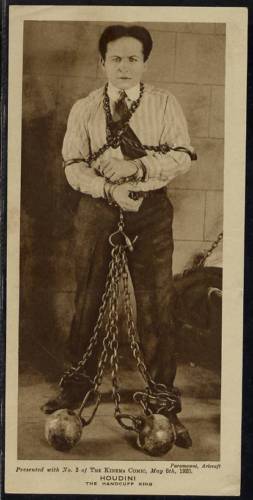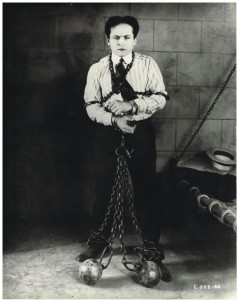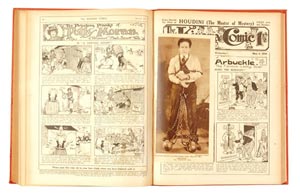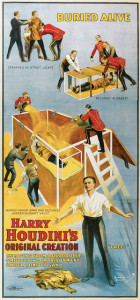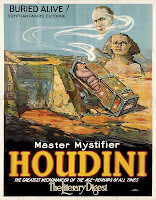2013 was an amazing year for Harry Houdini Circumstantial Evidence (HHCE) for a number of reasons:
Participated in an exchange of ideas regarding the life of Harry Houdini and his enduring effect on modern history with John Cox, Patrick Culliton, Arthur Moses, and Stacey Zimmerman.
Shared a number of not widely known facts about the Houdini movie starring Tony Curtis and Janet Leigh:
- 1953 Houdini: In Search of the Lost Plane to Plane Transfer
- In Search of Original Houdini Material for 1953 Houdini Movie, Part I of 2
- In Search of Original Houdini Material for 1953 Houdini Movie, Part 2 of 2
- What are some things Harry Houdini and Tony Curtis have in common?
- Part 1: Is this really how it went down?
- Part 2: Is this really how it went down?
- Another Ending to the Tony Curtis Houdini Movie
Researched and shared evidence WRT when Houdini may have first publicly performed his suspended strait-jacket escape from a building, as well as where he got the idea from:
- First Suspended Straitjacket Escape 98 Years Ago Today
- First Suspended Straitjacket Escape Not 98 Years Ago Today
- The Kansas City Post Wednesday September 8, 1915
- That was my idea!
Acquired a signed limited edition Grim Game Three Dimensional Giclée Print by Disney Artist Dave Avanzino:
Discovered several rare behind the scenes shots from The Grim Game in the book, Aviators in Early Hollywood by Shawna Kelly:
Discovered the true identity of the police reporter in The Grim Game:
- In search of the Police Reporter
- Police Reporter is West Point’s own Edward H Martin
- Check out The Police Reporter from The Grim Game at the USMA Library Blog
Shared some incredible Grim Game ads and not widely known info about Houdini and the movie:
- Feature is not up to Expectations but Photography is Excellent
- 4 Days Starting Today – Something New Under the Sun (Ad 1 of 4)
- Many Film Thrills at the Strand – Houdini in the Grim Game (Ad 2 of 4)
- A Rhyme Dedicated to Houdini the Wonder Man – The Grim Game Houdini (Ad 3 of 4)
- Houdini in “The Grim Game” – aka Houdini Believes in Reincarnation (Ad 4 of 4)
- October 31 1919
- What is Houdini’s Greatest Stunt on Screen?
- December 25 1919
Shared some incredible Master Mystery ads and not widely known info about Houdini and the movie:
- Houdini “The Master Mystery” Paper Robot 1919
- Houdini breaks own record in The Master Mystery
- The Master Mystery postpones Buried Alive Stunt on Stage
 Shared research on how many times Houdini’s bust was replaced:
Shared research on how many times Houdini’s bust was replaced:
 Shared memories and ads from Houdini Magical Hall of Fame:
Shared memories and ads from Houdini Magical Hall of Fame:
- Houdini Hall of Fame Memories
- Houdini Magical Hall of Fame Memories – Houdini’s Bust
- Houdini Hall of Fame Memories – 1968 to 1972
Shared Houdini’s last message to the American public:
- The Grim Game last seen in Allentown sixty years after Houdini’s Last Message to the American Public
Shared Houdini’s connection with the last days of the Father of American Music (Stephen Foster):
Mentioned numerous times by John Cox at his Wild About Harry (Houdini) blog and Facebook pages:
- Wild About Harry (Houdini) blog
- Wild About Harry (Houdini) Facebook
- Houdini’s movies on Facebook
- Houdini (1953) Facebook
And last but not least, my daughter had a baby girl, my son got engaged, and I survived a heart-attack. I am truly blessed and look forward to 2014.
In 2014, I will start the New Year by sharing some new information I came across about the Mirror Handcuff Challenge. You won’t want to miss it. See you next year!

